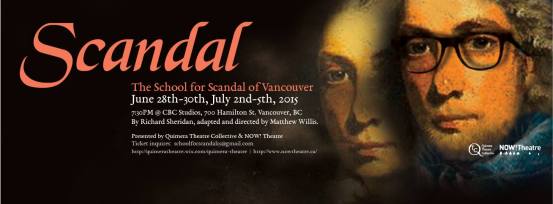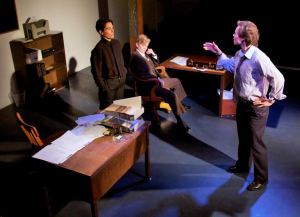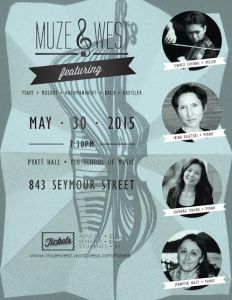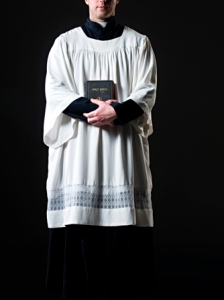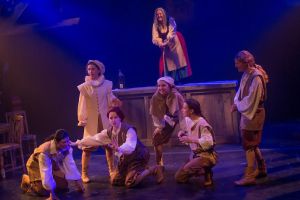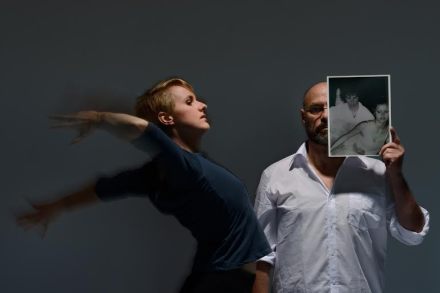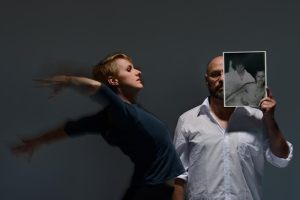Gold Saucer Studio is a wonderful venue for musical endeavors. Situated in the historic Dominion Building, it is a collective space for independent musicians across Vancouver to gather and give performances. The performance room had a quaint, classic feeling, much like being invited into a drawing room of an older apartment, the experience having moreso of a feel by us sitting back on a spacious sofa, almost in darkness but for a few spot lamps focusing our attention to the duo at the front.

(Photo credit: Bob_2006, Flickr)
Said duo were Cathy Fern Lewis, a soprano, and Marina Hasselberg on cello. Cathy is a teacher at the Victoria Conservatory of Music and a prolific musician, having produced and performed in shows across Canada for chamber music, dance, performance art and opera. Marina, hailing from Portugal, has played with a number of ensembles including being the Artistic Director of NOVO Ensemble. She is an avid enthusiast for new and baroque music.
The breadth of knowledge these performers brought to the performance was quite evident. Beginning with an adaptation Purcell’s Music For a While, the austere strains of cello rang out, in a solemn yet slightly melancholic manner, akin to the strains of a harpsichord. Such an approach was well-complimented by the ornamentation and slightly wistful, almost operatic intonation brought by voice.
Following this was Canto by Mark Hand, a Canadian composer living on Saltspring Island. Using a diminishing double echo loop for the cello, the quick passages played by the instrument gave the impression of reverberation around a cave, in an almost communicative manner. The voice, with its more straightforward delivery, was complimented and contrasted by the strings, giving at once a familiar feeling that was tempered by a strong natural sentiment.
The main feature of the evening’s offerings was Rudolf Komorous’ Cold Mountain Songs. Komorous, a Czech-born Canadian composer, was quite taken with the work of the Chinese poet Hanshan, a classicist who visited the eponymous mountains. Hanshan had three poetic periods, the most noteworthy being his transcendental, philosophical meditations composed during his sojourn at Cold Mountain. This expansive view of the world was captured in vignettes depicting small life events followed with self-reflection, which was captured in Komorous’ lyrics. Additionally, the cello takes on a number of quarter-tones and other unique uses of both the bow and of pizzicato, which adds a mystical quality to the music, almost like Scriabin at his most inscrutable. Such a set of pieces is very tricky to pull off, and Marina and Cathy performed this difficult portfolio with effortlessness, as well as the sensitivity to give a very private impression, almost as if the listener was the air travelling around the poet when he made his pilgrimage.
Another highlight of the evening was the premiere of Messages By Hand: A Collection of Postcards by Christopher Reiche. A suite of short pieces inspired by five vintage postcards he had acquired at a flea market, Cathy was to sing the messages on the postcards whilst Marina provided his musical interpretation of the setting. Short and sweet, the pieces conveyed drama, comedy, and even a locomotive feeling when it seemed that one had been writing her message from a train. Beautifully composed, it ended on a beautiful portrayal of Vancouver City Hall, which was of course, left blank on the back.
Sappho Fragments then followed. Composed of unused prose composed by Linda C. Smith, an arrangement was prepared by Marina and Cathy to suit cello and voice. The prose, initially intended to be set to music for a concert of contemporary pieces by women composers, combined beautifully with the musical setting. Rich and lush, voice and cello combined to invoke vivid imagery, giving an impression of the gardens that were originally intended to be construed in the performed concert.
From there followed a true garden piece, Garden Elegy by Jocelyn Pook. Perhaps best known for composing the soundtrack to Kubrick’s final film Eyes Wide Shut, Pook composed this piece during her earlier days. Inspired by The Kingis Quair, a poem written by James I of Scotland during his 18-year imprisonment, it is an intense reflection of the narrator who is trapped between philosophy and longing for a distant woman he spies outside his window. In this, Cathy and Marina bring the classical music strains to a united whole – with a more baroque bent, homage is paid to the early pieces of the concert. Vivid imagery is reflected upon in philosophical, somewhat distanced measure, much as it was through the main portion. And again, the performers bring the music and voice to life, drawing us in with a skillful, guiding hand, yet leaving us to reflect on the meaning each of us derived from such work.
The concert was brought to a close with a performance of Nature Boy arranged by Marina. Cathy’s rich voice, brought out in the long, meandering melodic passages, was well accented by the vitality of Marina’s playing. Almost with a mischievous feel, when the last strains played out, the thoughtfulness of the song seemed to fade, seemingly awakening us from the spell previously cast.
And to that, we sincerely hope to feel the magic another time!




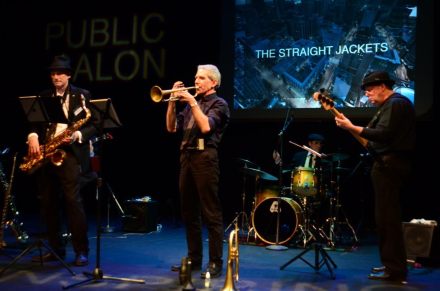 (Photo credit: John Gurcharan Nijjar)
(Photo credit: John Gurcharan Nijjar)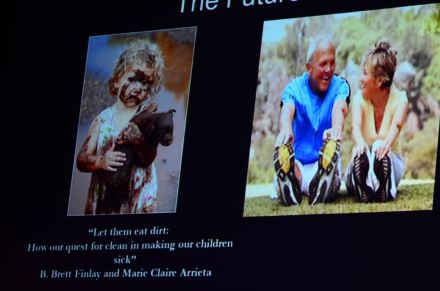 (Photo credit: John Gurcharan Nijjar)
(Photo credit: John Gurcharan Nijjar)
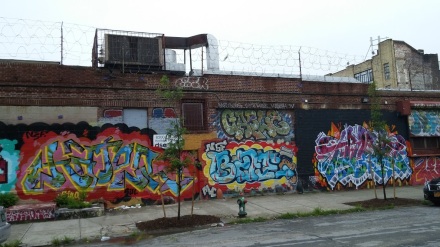
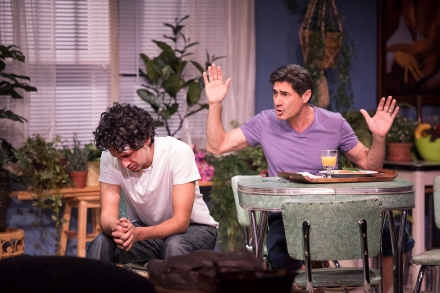



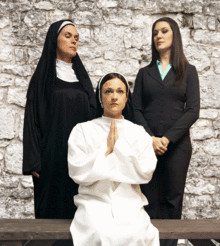

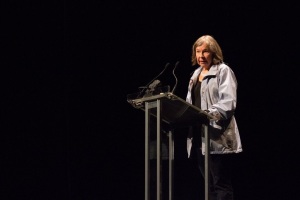

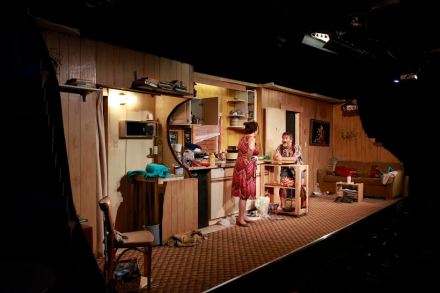
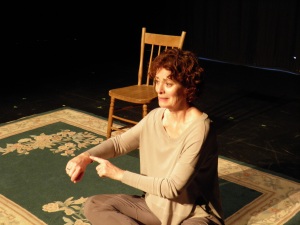




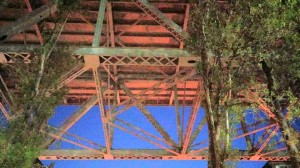
 Credit Xavier Curnillon
Credit Xavier Curnillon Credit Trevan Wong
Credit Trevan Wong